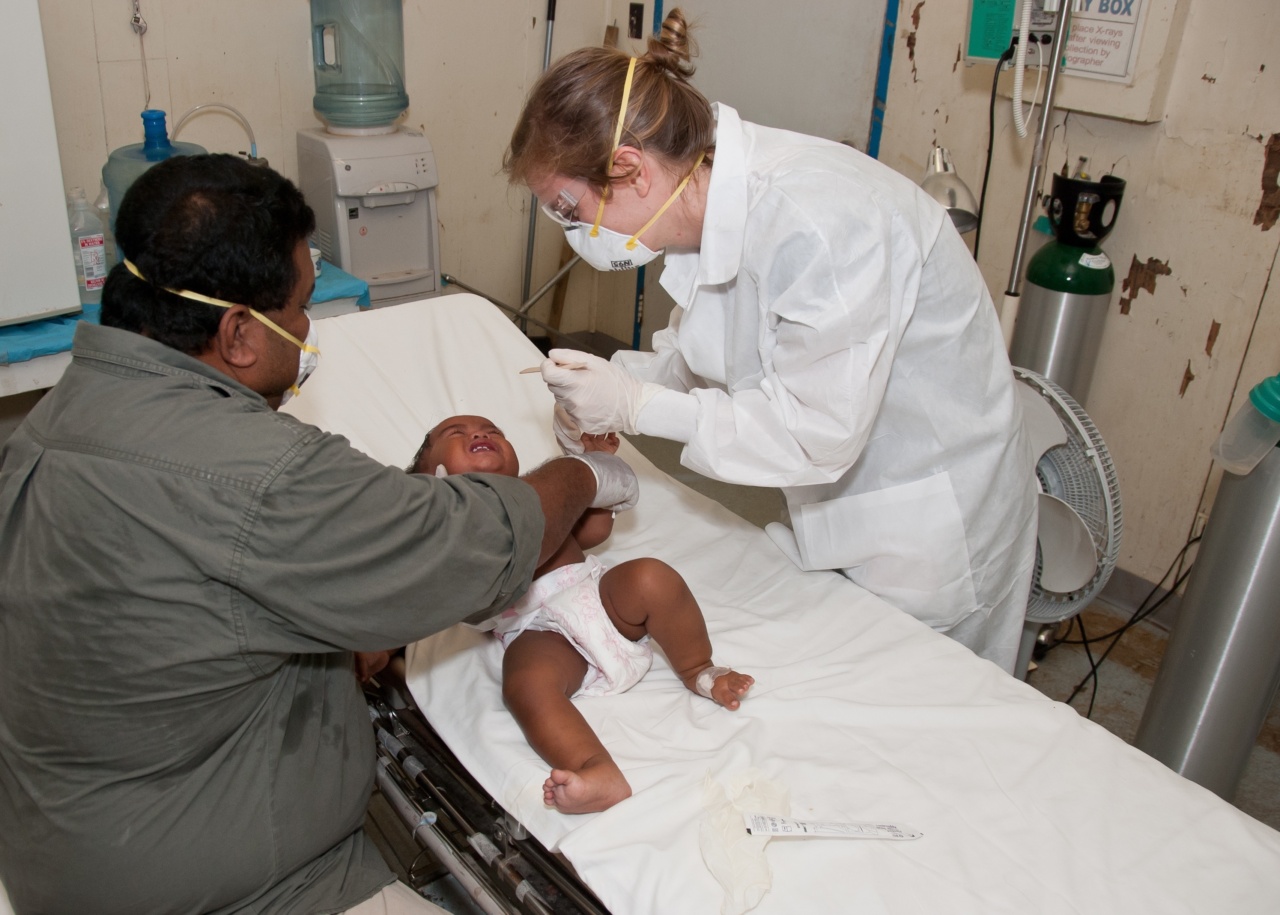As a parent, it can be distressing to see your baby suffer from frequent illnesses. It’s natural to want to protect your little one from any harm and provide them with the best possible care.
However, understanding the science behind frequent baby illnesses can help you take the necessary precautions to prevent and manage these conditions.
Here, we’ll look at some of the most common illnesses that affect babies and the science behind them.
Cold and Flu
Cold and flu are respiratory infections caused by viruses. These viruses spread through the air when someone who is infected sneezes or coughs, or when you come into contact with contaminated surfaces and objects.
Babies and young children are more vulnerable to cold and flu because their immune systems are still developing. They are also exposed to more viruses due to their close proximity with other children in daycare centers or playgroups.
The symptoms of cold and flu are similar: runny nose, cough, sore throat, sneezing, headache, and body ache.
Although both conditions can be treated with symptomatic relief medications, the best way to prevent cold and flu is through vaccination, good hygiene practices, and avoiding contact with infected individuals.
Gastroenteritis
Gastroenteritis, also known as stomach flu, is a viral infection that affects the digestive system. It causes vomiting, diarrhea, and stomach cramps.
Babies and young children are more prone to gastroenteritis because their immune systems are not yet fully developed, and they are more likely to put their hands and other objects in their mouths.
Gastroenteritis can spread through contaminated food or water, poor hygiene practices, or contact with an infected individual.
It is important to keep your baby hydrated and see a doctor if their symptoms persist for more than 24 hours or if they develop signs of dehydration.
Ear Infections
Ear infections are one of the most common illnesses affecting babies and young children. They occur when bacteria or viruses invade the middle ear, causing pain, fever, and fluid accumulation.
Children who attend daycare centers or have a family history of ear infections are more prone to this condition.
The Eustachian tube, which connects the ear to the back of the throat, is shorter and more horizontal in children than in adults. As a result, it is easier for bacteria or viruses to migrate from the throat to the middle ear.
Treatment for ear infections usually involves antibiotics and pain relief medication.
Croup
Croup is a viral infection that affects the upper airways, causing a barking cough, hoarseness, and difficulty breathing. It is more common in children aged between six months and three years old.
Croup is caused by a viral infection that causes inflammation and swelling of the voice box and windpipe, making it difficult for air to flow in and out of the lungs.
Croup usually goes away on its own within a week, but it can be distressing for both you and your baby. Steam inhalation, hydration, and fever reducers may help alleviate the symptoms.
In severe cases, your doctor may prescribe steroids to reduce inflammation and improve breathing.
Roseola
Roseola, also known as sixth disease, is a viral infection that affects babies and young children. It causes high fever, followed by a rash that spreads from the trunk to the limbs.
Roseola is caused by the human herpesvirus 6 and 7, which are more common in babies and young children.
The fever associated with Roseola can be managed with fever reducer medications. The rash usually appears once the fever subsides and goes away on its own within a few days.
In rare cases, Roseola can lead to complications such as convulsions or meningitis.
Pneumonia
Pneumonia is a bacterial or viral infection that affects the lungs. It causes fever, cough, and difficulty breathing.
Babies and young children are more prone to pneumonia because of their underdeveloped immune systems, and they are more likely to come into contact with infected individuals.
Pneumonia can be mild or severe, depending on the causative organism and the extent of the damage to the lungs. Treatment usually involves antibiotics and respiratory support if necessary.
Preventing pneumonia involves good hygiene practices, vaccination, and avoiding exposure to infected individuals.
Bronchiolitis
Bronchiolitis is a viral infection that affects the lower respiratory tract in babies and young children. It causes cough, wheezing, and difficulty breathing.
Bronchiolitis is usually caused by the respiratory syncytial virus (RSV), which is highly contagious and spreads through close contact with infected individuals.
Babies who are born prematurely, have a weak immune system, or have underlying health conditions are more prone to bronchiolitis. Treatment for bronchiolitis usually involves supportive care, such as oxygen therapy and hydration.
In severe cases, your doctor may prescribe antiviral medications.
Hand, Foot, and Mouth Disease
Hand, foot, and mouth disease is a viral infection that affects babies and young children. It causes fever, blisters on the hands, feet, and mouth, and a sore throat.
Hand, foot, and mouth disease is caused by the coxsackievirus, which spreads through close contact with an infected individual or through contaminated surfaces and objects.
The symptoms of hand, foot, and mouth disease can be managed with symptomatic relief medication. It is also important to keep your baby hydrated and clean any blisters to prevent secondary bacterial infections.
Meningitis
Meningitis is a bacterial or viral infection that affects the brain and spinal cord. It causes fever, headache, and neck stiffness.
Babies and young children are more susceptible to meningitis because of their underdeveloped immune systems, and they are more likely to come into contact with infected individuals.
Meningitis can be life-threatening if not treated promptly. Treatment usually involves hospitalization and aggressive management with antibiotics, antiviral medication, and other supportive measures.
Conclusion
Frequent illnesses are a common occurrence in babies and young children. By understanding the science behind these conditions, you can take the necessary precautions to prevent and manage them.
It is important to practice good hygiene, vaccinate your child, and seek medical attention if their symptoms persist or worsen.



























